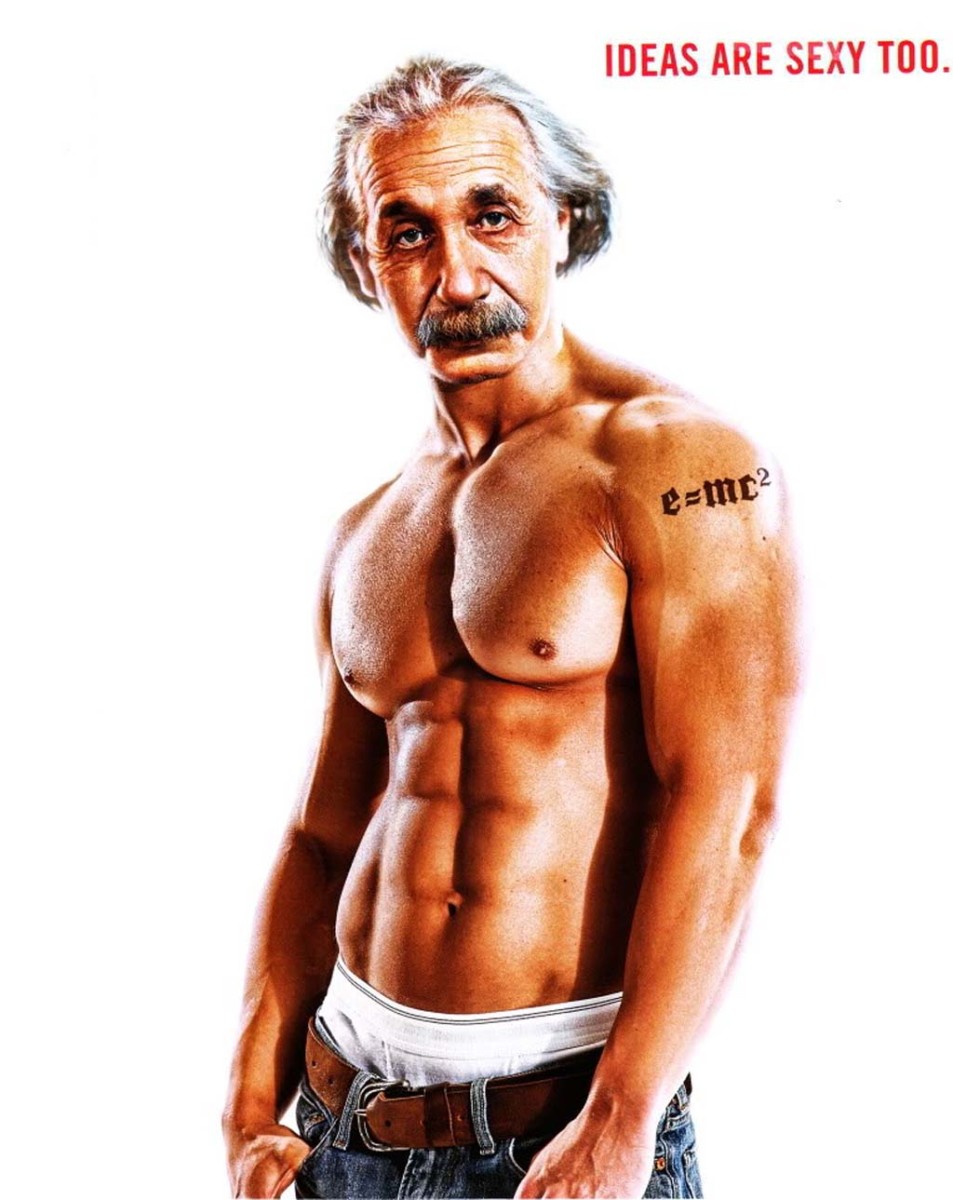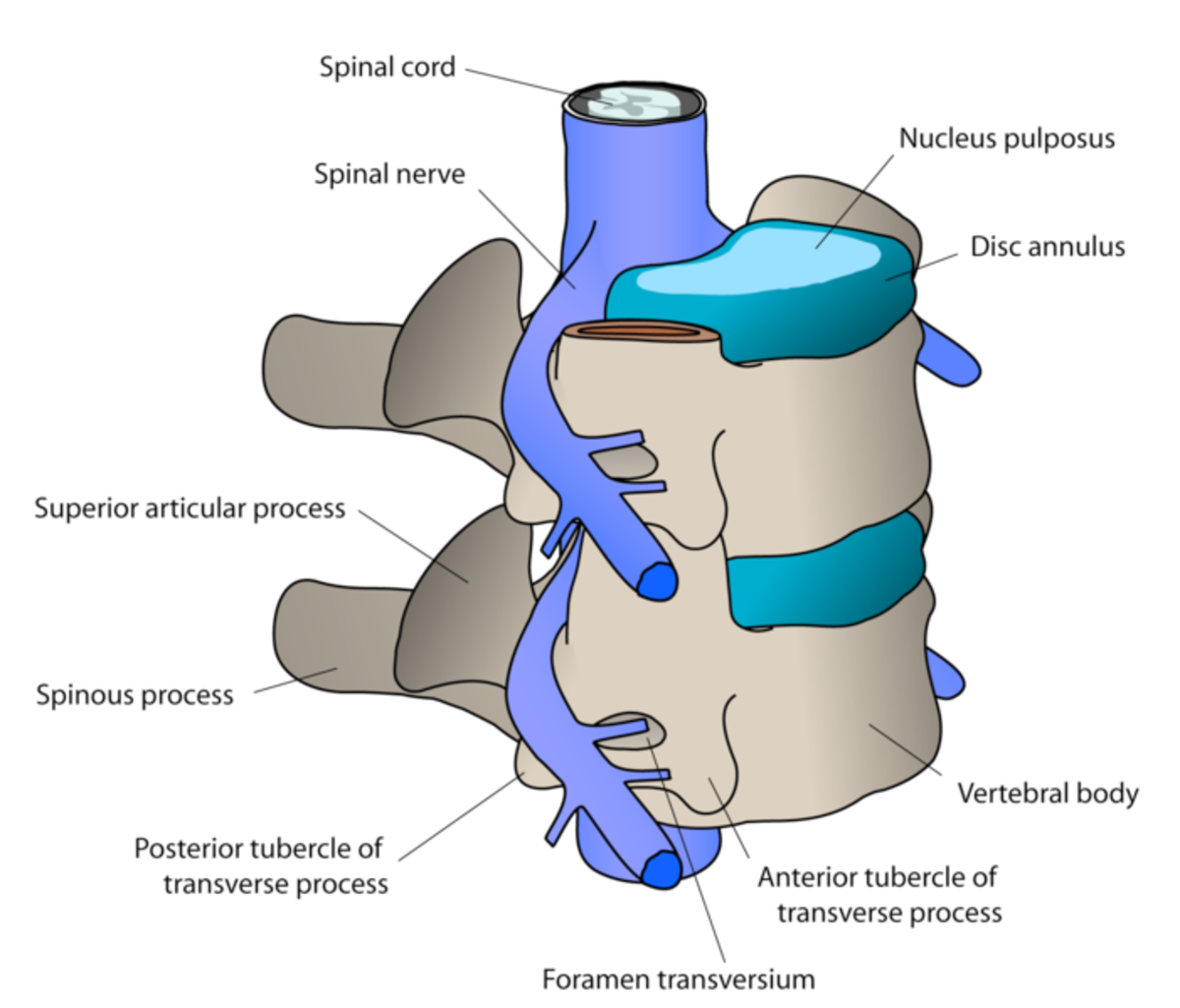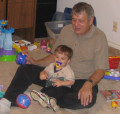Several Causes of Back Pain
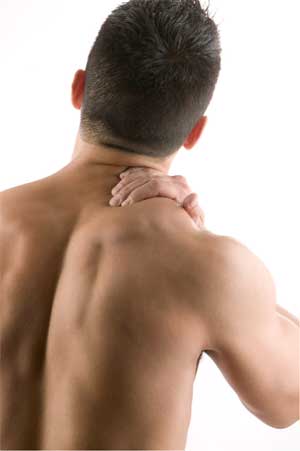
Back pain can have many causes. This article outlines some of the more prevalent causes for aches, pains and suffering in the back and suggests some treatments and remedies for relief and healing.
Back pain can range from a minor irritation to an excruciatingly painful condition, depending on the cause or causes of the problem. There are a good many causes of back pain and in some cases, more than one factor may be contributing to the discomfort.
The very fact of aging may be contributing to a degeneration of the back and spine. Otherwise, there are a number of possible causes – some quite simple to remedy and some more complex.
This page explains the more common causes of back pain -- but the list is not exclusive.
Spinal Restrictions Caused by Poor Posture
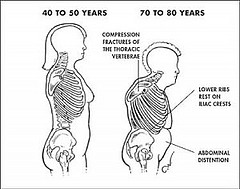
Poor Posture Leads to Back Pain
Years of being inactive can lead to a loss of muscle and related aberrations in the musculoskeletal system. An active lifestyle goes a long way to preventing these problems from occurring.
Individuals who spent much of their day sitting in a chair – office workers for example, are likely to develop habitual poor posture with resulting aches and pains in the back, neck , shoulders, hips and more.
This can usually be corrected by incorporating activity and mobility into the workday and by learning better posture while sitting.
Recommended Back Health Links
- Back Pain: MedlinePlus
A service of the US National Library of Medicine and the National Institutes of Health - EFT: An Alternative Treatment for Back Pain
EFT or Meridian Tapping is described as acupuncture without the needles. Its easy to learn, simple to do and is surprisingly effective at pain reduction. - Back pain - Wikipedia, the free encyclopedia
Back pain (also known "dorsalgia") is pain felt in the back that usually originates from the muscles, nerves, bones, joints or other structures in the spine.
Improper Lifting Technique
You’ve heard it said before. Lift with the legs, not with the back.
Experts tell us that more than ninety percent of people use an incorrect style of lifting. Most will keep their legs straight, bend over from the back and lift. This puts more force on the back than is healthy or safe.
Each time you lift something in the wrong manner, you create a tiny degree of damage to the back. The damage increases each time you lift until eventually you develop long term back problems.
Additionally, you run the risk of a more serious injury each time you lift the weight from the back.
Instead, the correct way to lift is to bend at the knees, look forward, and lift the object keeping it as close to the body as possible. When doing this, the upward and downward movement resembles the movement you make to sit in a chair or to rise from a chair. You do not bend forward but instead you sink down with the legs. To picture this technique, imagine a weight lifter squatting and rising as he or she lifts the barbell.
Each time lifting is done incorrectly it introduces an extremely small but cumulative amount of damage to the back. This is not likely to cause immediate problems but is almost guaranteed to cause long term problems.
Cat Watching His Weight

Obesity is a Cause of Back Pain
Obesity is at epidemic proportions in many countries. You are certain to have heard that obesity contributes to heart disease and strokes. But did you know that is also contributes to back and joint pain? Our bodies are built to handle a certain amount of body weight. When we exceed that amount, the musculoskeletal system receives more stress than it was intended to hold.
Imagine a stepladder that is engineered to support 300 pounds on each step. If we habitually put 325 pounds of weight on the steps, the structure will gradually weaken and the stepladder will become rickety.
Excess body weight has a similar effect on our back and joints.
Back Pain Caused by a Slipped Disc
Each vertebra in the spin is separated by the neighbouring vertebra by a layer of soft, spongy material called a spinal disc.
If a disc gets shoved out of place by injury or perhaps because of age-related rigidity, the disc is said to be herniated.
When the disk bulges outwards, it is likely to exert pressure on nearby nerves. This pressure may cause back pain, or it may cause pain in the legs. In the latter case, we call the condition sciatica.
Back Pain Stemming from Injury
Back pain caused by an injury can be a trivial matter – such as a spasm of a muscle. It is fairly common for back injuries to be misdiagnosed as muscle spasms, initially.
In some situations, individuals may experience reoccurring muscle spasm for long periods of time, possibly months or years. In this case, the condition may well be caused by a muscle imbalance. Physiotherapy may provide the solution.
Pain fromTesticular Cancer
Back pain caused by testicular cancer is a relatively rare phenomenon.
In situations where the cancer has moved into the abdominal area and the tumours have become large, severe back pain can result.
Collapsed Vertebrae Causes Back Pain
Diseases such as osteoporosis or an injury can cause damage to the spinal vertebrae. You may have heard this condition referred to as a compression fracture of the spin.
Usually this condition will heal on its on in approximately two and a half months.
Stress Can Cause Back Pain
Certain individuals will experience back pain if going through a time of high stress or anxiety.
Cauda Equina Syndrome
This condition refers to a force or compression applied to a specific nerve group. Individuals with Cauda Equina Syndrome will have a number of symptoms in addition to lower back pain and leg pain.
They are likely also to experience problems in the bladder and bowels and a loss of feeling and mobility in the legs.
Video: A Doctor Explains Causes of Lower Back Pain
© 2010 June Campbell


